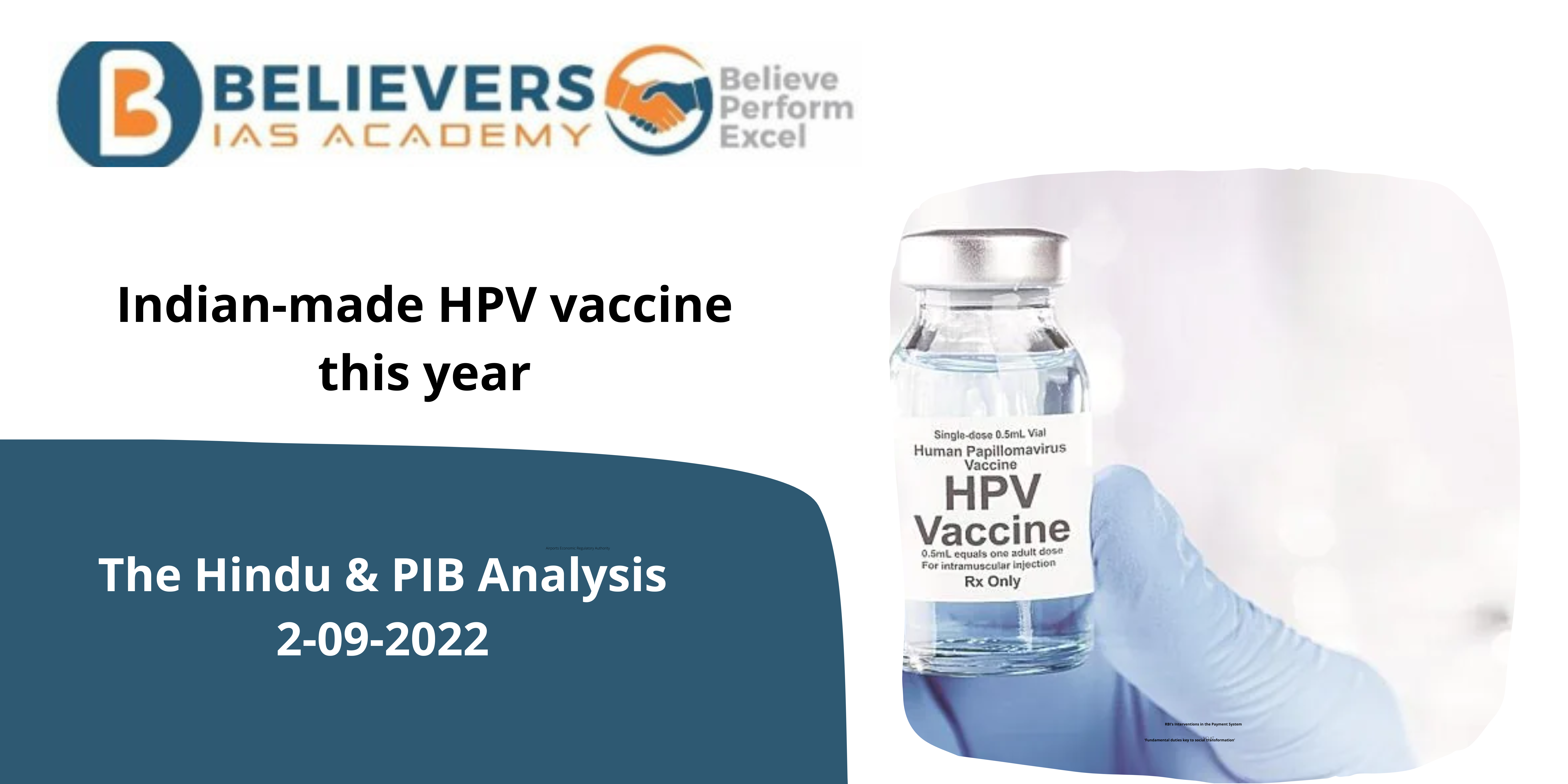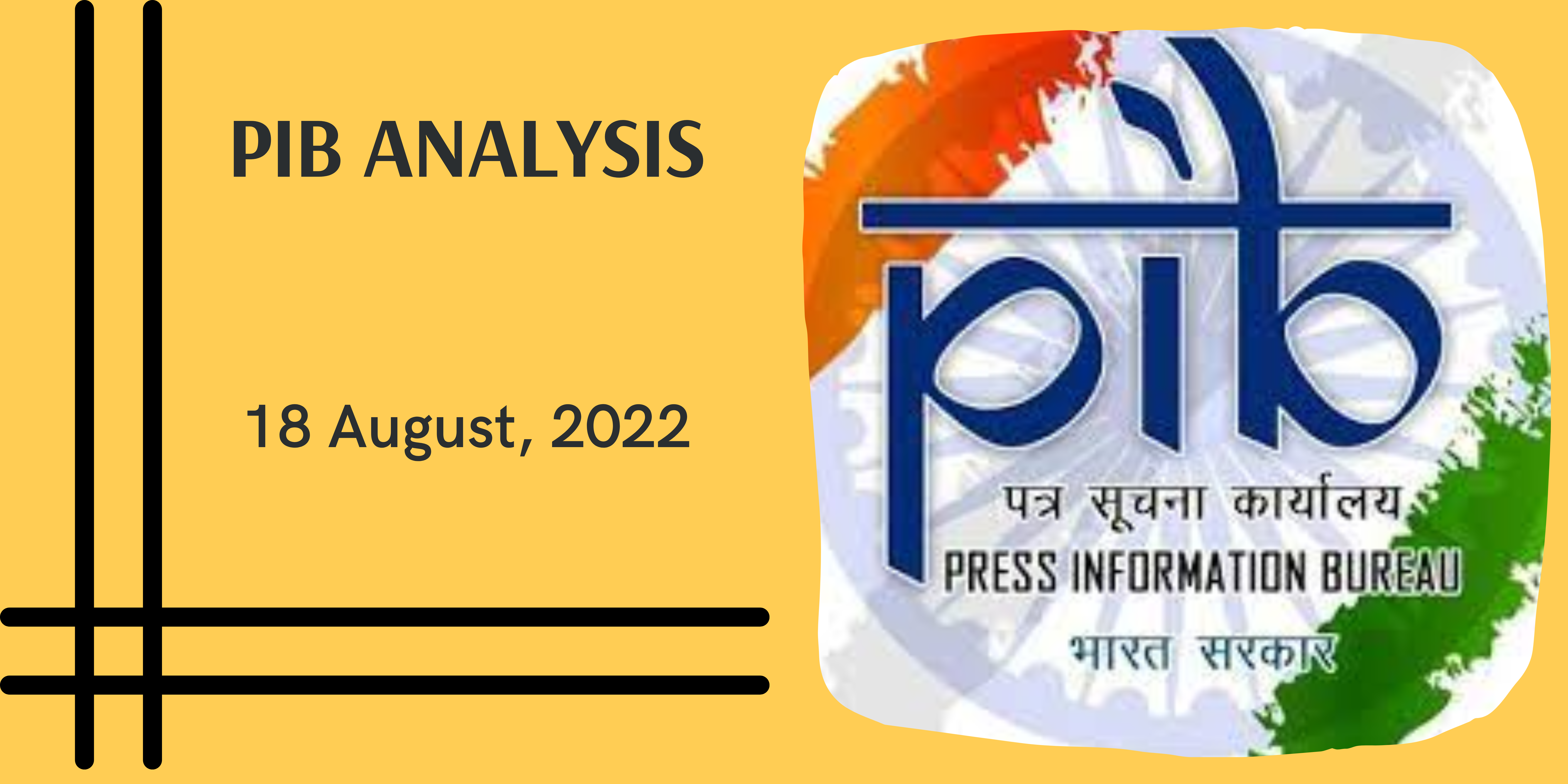End this asymmetrical conflict over ‘freebies’
For Mains
The Context:
- The Supreme Court of India on August 3, 2022, recommended constituting an expert committee comprising representatives of the beneficiaries, Union and State governments, the Finance Commission, NITI Aayog and the Reserve Bank of India to study the issue of ‘freebies.’
Why social welfare measures are needed
Experience from abroad;
- Reagan tax cuts, or Reaganomics, gave maximum tax cuts to higher income earners and corporations in the expectation that any benefit provided at the top would trickle down to the poor in the form of job creation, higher output, and infrastructure development. While ‘trickle down’ yielded some positive results, it also widened inequality and diminished inclusive growth.
Domestic experiences;
- Neo-liberal schemes of the post-1990s such as the Special Economic Zones (SEZs), Software Technology Parks of India (STPI), and BioTechnology Parks (BTP), (where there were incentives in the form of tax holidays, subsidised power, and waiver of stamp duty), were seen as a result of ‘trickledown economics.’
- However, the World Inequality Report 2022 says that the top 1% of India held 22% of the total national income as of 2021, and the top 10% owned 57% of the income.
Tax collection experience;
- While direct taxes such as corporate taxes were slashed from 30% to 18%, indirect taxes have gone up manifold between 2014-21.
- Indirect tax being a regressive tax, adversely impacts the poor more than the rich. Hence, many states counter this through social welfare measures.
- For example, the TamilNadu government’s free bus pass for women has not only saved families fuel cost but has also encouraged more women to join the workforce, in turn leading to economically stable families and women’s empowerment.
Other experiences;
- A paper published in Oxford University Press’ The Quarterly Journal of Economics (2009) has lauded the introduction of free colour television in villages as it has resulted in a decrease in domestic violence and also enabled women’s empowerment (women, who are largely indoors due to customary practices/household duties, have been able to connect with the outside world through visual media).
Supreme Court judgements
- In R.K. Garg vs Union of India the Court held that laws relating to economic policies should be viewed with greater latitude and deference, and that the wisdom of economic policies is not subject to judicial review.
- In S. Subramaniam Balaji vs State of Tamilnadu while dismissing the challenge to the much-discussed free gifts schemes (colour television, mixer grinder, laptops) of the T.N. government, the Court observed that the distribution of gifts relates to implementation of directive principles of state policy.
What needs to be done
- Social welfare measures differ from State to State or region to region.
- For example, in the desert regions of Rajasthan it could be free drinking water, meanwhile in Kerala, it could be fiscal incentives to encourage corporates/entrepreneurs to boost industrial growth.
- Thus, it is for the respective legislature/executive to formulate the social welfare measures for that region.
- India is not a single administrative unit facing the same set of issues but a large country full of socio-economic diversity.
SOURCE: THE HINDU




